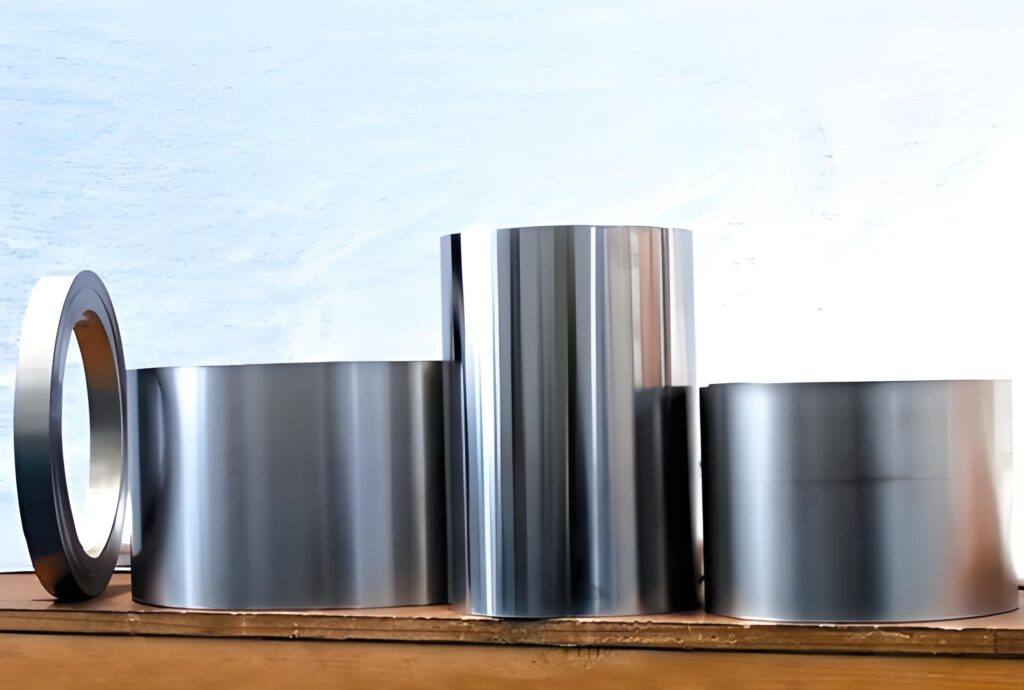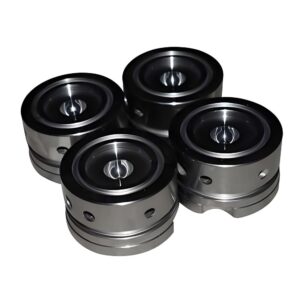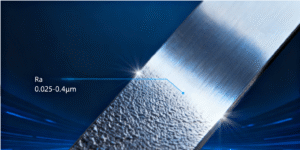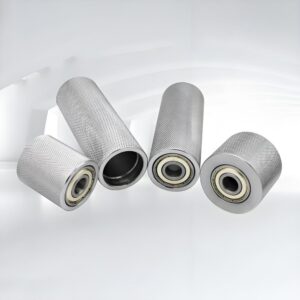What is 316L Stainless Steel?
316L is a low-carbon variant of the well-known 316 stainless alloy, renowned for its superior corrosion resistance and long-term durability. This version is specifically engineered for use in harsh or chemically aggressive environments. It’s frequently utilized in sectors like marine engineering, food processing, and medical manufacturing. The “L” denotes its low carbon content, which improves its weldability and helps it resist corrosion after welding.
This alloy belongs to the austenitic stainless steel family, which is known for a non-magnetic structure and strong mechanical performance. This makes it ideal for applications demanding high corrosion resistance and formability.
316L Stainless Steel Composition
To understand what makes material 316l stainless steel so effective, let’s examine its composition. Each element contributes to its outstanding performance:
- Iron (Fe): The primary base metal.
- Chromium (Cr): 16.0–18.0%, crucial for rust prevention.
- Nickel (Ni): 10.0–14.0%, adds strength and resistance to oxidation.
- Molybdenum (Mo): 2.0–3.0%, increases protection against chloride-induced corrosion.
- Carbon (C): Maximum of 0.03%, reduces the risk of intergranular corrosion.
- Manganese (Mn): Up to 2.0%, enhances hardenability.
- Silicon (Si): Up to 1.0%, helps in resisting oxidation.
- Phosphorus (P) and Sulfur (S): Present in minimal amounts.
This balance of elements enhances the material’s resistance to both oxidation and high heat.
316L Stainless Steel Properties
This alloy is prized for its unique combination of qualities, making it indispensable across multiple fields.
Corrosion Resistance
The presence of molybdenum makes this alloy highly resistant to pitting and crevice corrosion, especially in salty or acidic conditions. This is a major reason why it’s so popular in marine environments and chemical industries.
Strength and Durability
It offers high tensile strength while maintaining ductility. Even in extreme conditions, it holds its structural integrity.
Weldability
Thanks to its reduced carbon content, this alloy doesn’t suffer from sensitization during welding. This eliminates the formation of chromium carbides that lead to rusting.
Heat Resistance
It can endure temperatures up to 870°C (1598°F) intermittently and 925°C (1697°F) continuously. However, in moisture-rich environments, prolonged high heat exposure may not be ideal.
Aesthetic Appeal
Its smooth surface and resistance to dulling make it popular for decorative applications like jewelry or architectural accents.
Is 316L Stainless Steel Good?
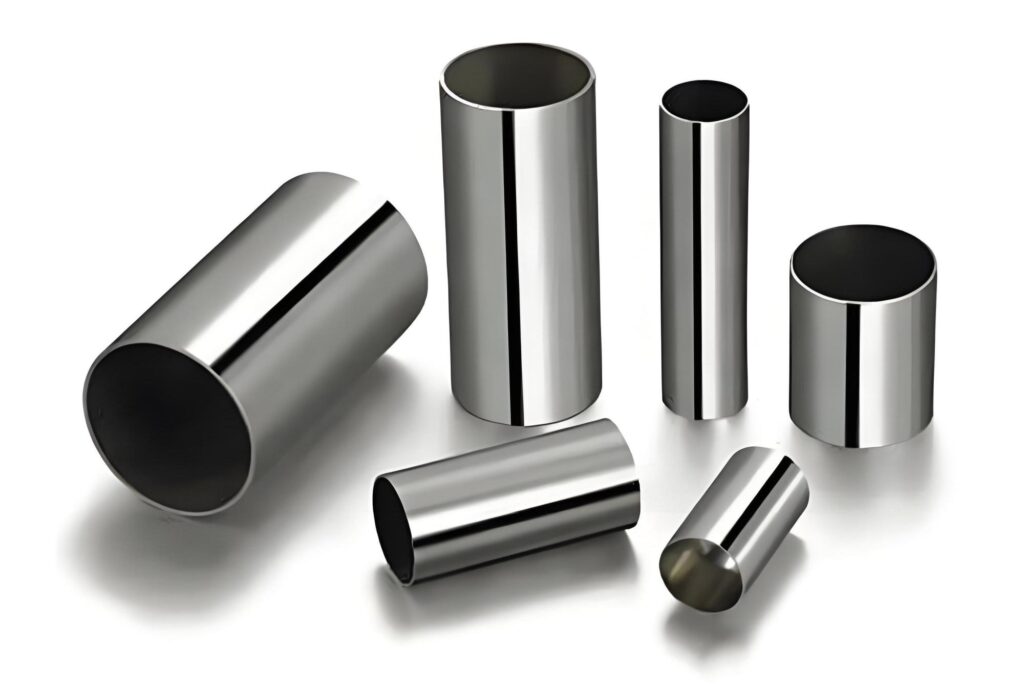
Absolutely. This alloy is one of the most reliable choices when both strength and corrosion resistance are required. Key advantages include:
- Biocompatibility: Ideal for medical implants and instruments due to its non-toxic nature.
- Durability: Resists damage from both mechanical wear and chemical exposure.
- Multi-purpose: From marine hardware to pressure vessels, its uses are numerous.
- Food Safety: Meets hygiene standards, making it suitable for food processing equipment.
When durability and cleanliness matter, this alloy stands out.
Is 316L Stainless Steel Magnetic?
In its annealed form, this alloy is generally non-magnetic. Belonging to the austenitic class, it lacks the magnetic qualities seen in other types like ferritic or martensitic stainless steels.
However, after processes like cold working or welding, slight magnetism may develop in specific areas. While this does not compromise its performance or resistance to corrosion, it might be relevant for some sensitive applications.
Does 316L Stainless Steel Tarnish?
One of the major benefits of using this alloy is its ability to retain a polished appearance over time. Its high levels of chromium and nickel create a passive layer on the surface, which prevents tarnish and discoloration.
While it doesn’t tarnish like silver or copper, it can still accumulate smudges or dirt, which are easy to clean with soap and water. Occasional polishing may be needed in high-touch applications.
Applications of 316L
This alloy finds use in many demanding environments thanks to its strength, hygienic properties, and exceptional resistance to corrosion:
- Medical Sector: 316L is commonly used in implants such as orthopedic screws, plates, and surgical instruments. Its biocompatibility ensures that it can be safely used within the human body without causing adverse reactions.
- Marine Equipment: Boats, underwater piping, fasteners, and marine structures benefit from this material’s ability to withstand saltwater and chloride-rich environments.
- Food Processing: Food-grade tanks, mixers, and piping systems utilize this alloy for its ease of cleaning and compliance with health regulations. Its non-reactive nature ensures the purity of food products.
- Chemical Industry: It is used in the manufacture of reactors, valves, and pumps that handle corrosive chemicals due to its molybdenum-enhanced corrosion resistance.
- Jewelry and Accessories: Popular in luxury timepieces, rings, and wearable tech, the alloy offers a hypoallergenic, polished finish that resists tarnishing.
CNC Machining Applications in Detail
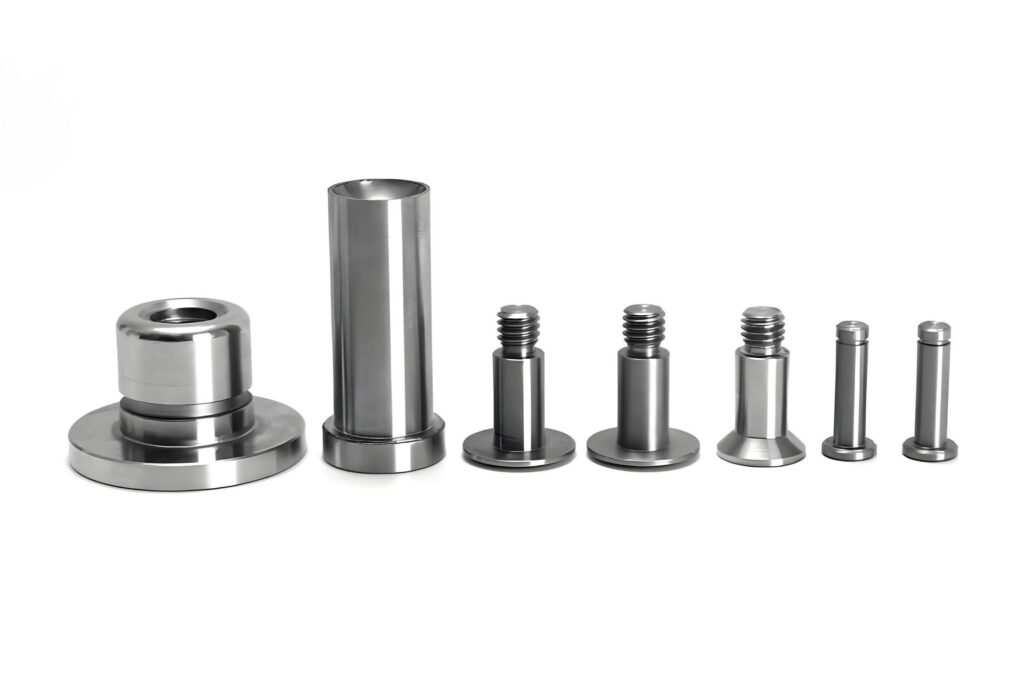
In CNC machining, 316L steel is often chosen for its excellent balance of workability and corrosion resistance. Typical components produced include:
- High-Precision Instrumentation Parts: Used in laboratories and analytical equipment where both chemical resistance and precision are essential.
- Custom Manifolds: Especially in hydraulic or pneumatic systems that require complex geometries and long-term durability.
- Heatsinks and Thermal Management Components: Utilized in environments exposed to heat and corrosive agents, such as in power plants or offshore rigs.
- Threaded Connectors and Couplings: Made to exact tolerances for fluid or gas-tight assemblies in medical, aerospace, or chemical systems.
CNC machining with 316L allows manufacturers to meet tight tolerances while maintaining the material’s structural integrity and anti-corrosive benefits.
Limitations of 316L Stainless Steel and How to Address Them
While this alloy is highly versatile, it does come with certain limitations:
- Cost: It tends to be more expensive than other stainless steels due to its alloying elements, particularly molybdenum and nickel.
- Chloride Sensitivity: Although better than many stainless steels, prolonged exposure to high concentrations of chlorides (such as in seawater or industrial cleaners) can still cause localized corrosion.
- Not Suitable for High-Stress Temperatures: At extremely high temperatures for long durations, it may lose strength or oxidize.
- Work Hardening: It can harden during machining, making it more difficult to process without the right tools and techniques.
- Slight Magnetism After Processing: Cold working or welding may induce mild magnetic properties in some areas, which might not be desirable in precision applications.
How to Address These Limitations
To get the most out of this alloy, several mitigation strategies can be employed:
- Cost Management: Use it selectively in critical components where its unique properties are essential. For non-critical parts, consider alternative materials.
- Protective Coatings: Apply surface coatings or passivation treatments to reduce chloride exposure, especially in marine or chemical environments.
- Temperature Controls: Avoid prolonged use at high temperatures and design systems to operate within safe thermal limits.
- Proper Machining Practices: Use specialized tooling and lubrication techniques to reduce work hardening and extend tool life.
- Magnetism Testing: Inspect critical components post-processing to ensure they meet non-magnetic requirements, and apply annealing if needed.
Understanding these limitations and the ways to manage them helps in selecting and applying the right material for specific engineering or manufacturing needs.
How to Care for 316L
Though low-maintenance, proper care can extend the life and aesthetics of this alloy:
- Regular Cleaning: Use mild soap and soft cloths.
- Limit Chloride Exposure: Especially in high concentrations.
- Dry Thoroughly: Prevents water spots.
- Inspect Welds: As these can sometimes be corrosion hotspots.
Routine upkeep will ensure the material remains in top condition.
Why Choose 316L from Precionn
At Precionn, we specialize in precision machining for high-performance metals. Our team has deep expertise in working with this robust alloy, ensuring top-quality results for every project.
We serve diverse sectors, including marine, medical, and industrial manufacturing. Whether you need prototypes or high-volume production, our advanced CNC equipment and skilled technicians are ready to deliver tailored solutions that meet your specifications.

